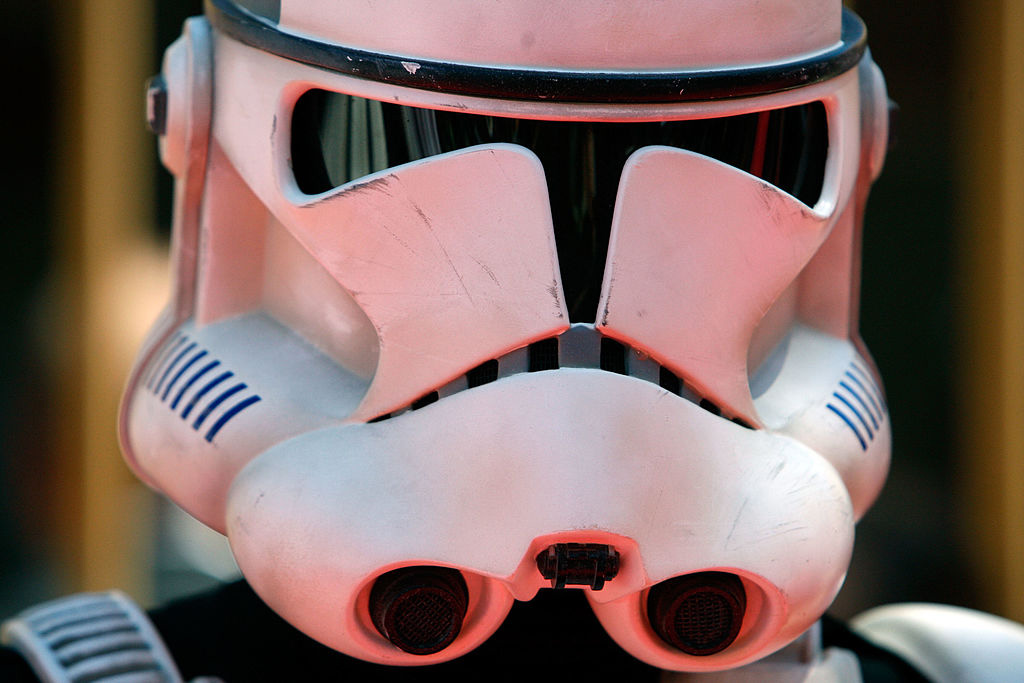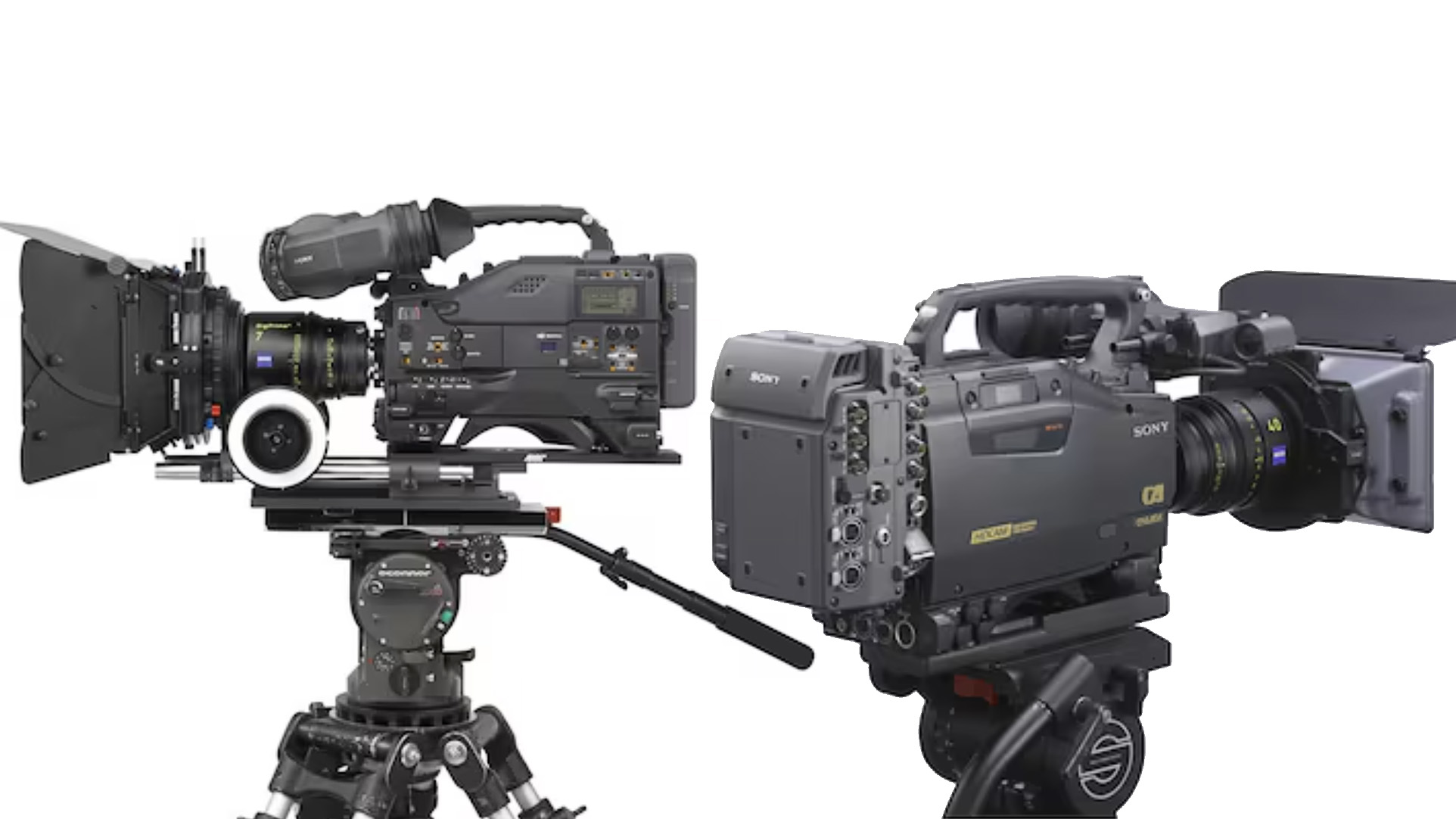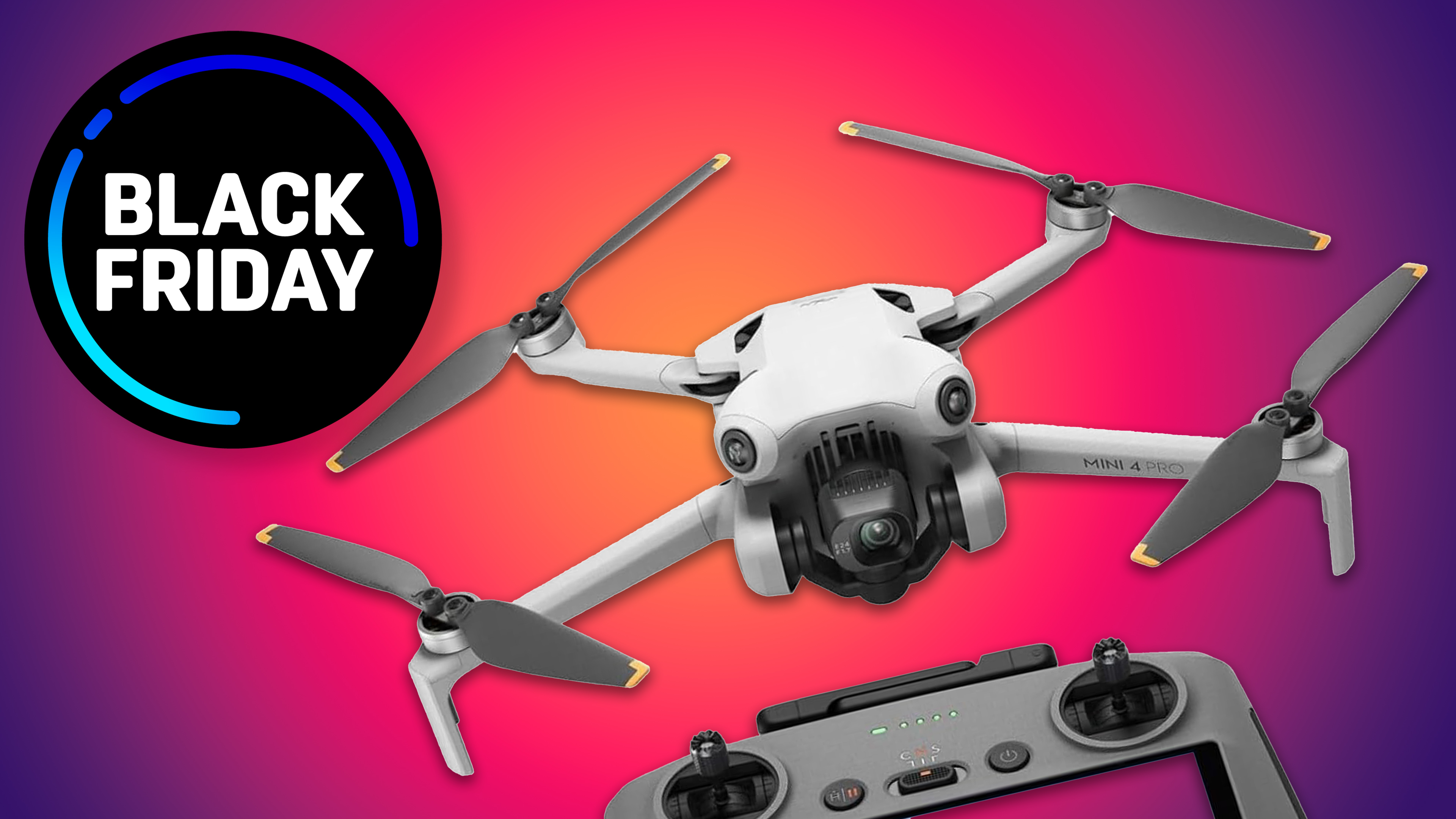Sony built a camera for Star Wars: Episode II that could only shoot 8-bit 1080p – but that didn't stop George Lucas from rewriting filmmaking history!
Can you believe that Star Wars: Episode II – Attack of the Clones was shot at 8-bit 1080p? Is that why it’s aged more than The Phantom Menace and Revenge of the Sith?

You might be surprised to learn that 2002’s Star Wars: Episode II – Attack of the Clones was shot in 8-bit 1080p. But when you consider that it was the first feature-length movie to be shot entirely using digital cameras, it’s a little easier to understand why.
I’m a huge Star Wars fan and consider George Lucas to be one of my favorite filmmakers, so when I came across the video (below) by @indiefilmpodcast, I decided to do a little further research.
The Reel quite rightly points out that Lucasfilm used an early digital cinema camera to shoot the movie, the Sony Cinealta HDW-F900. What isn’t mentioned is that, according to an article from starwars.com, this camera was built by Sony specifically for Lucasfilm, so they could shoot digital footage at 24fps.
What’s more, the cameras were delivered right before the film began shooting. As the same article puts it: “The crew had to relearn their jobs, and the set was buried in miles of cable, but they worked. Even in the sun-baked deserts of Tunisia”.
A post shared by Indie Film Podcast (@indiefilmpodcast)
A photo posted by on
If you’ve never heard of 8-bit before or don’t know what it means, it refers to color depth. Simply put, an 8-bit color depth displays far fewer colors (16.7 million) than a 10-bit color depth (1.07 billion) or a 12-bit color depth (over 68 billion). Take a look at our 10-bit vs 8-bit video explainer for more.
Things get a little tricky when you try to compare digital to film, since film doesn’t have a color depth, but such is the incredible quality of film and the gorgeous colors good film can display, rest assured, it’s far superior to an 8-bit digital camera.
On the one hand, I find it mindblowing that a project as huge as Attack of the Clones was essentially a digital filmmaking guinea pig, but on the other, it fits George Lucas’s MO. Be it directly or indirectly, Star Wars helped kickstart the likes of Pixar, THX, Industrial Light and Magic, and even Photoshop!
The best camera deals, reviews, product advice, and unmissable photography news, direct to your inbox!
The Original Trilogy pushed visual effects to new heights, and the Star Wars Trilogy Special Edition (1997) confidently embraced the rising trend of CGI. It’s not surprising that George Lucas took it upon himself to take digital filmmaking to the next level.

In the @indiefilmpodcast Reel, it’s explained that the Sony Cinealta HDW-F900 had a dynamic range of around 7 stops, which is meagre by today’s standards, but I don’t think these digital limitations are the sole reason why the film appears to have aged.
I’m biased, because I love the prequels almost as much as I love the Original Trilogy, but there’s no doubt in my mind that Attack of the Clones hasn’t aged as well as some other films of the same period.
Film quality was at its peak at the turn of the millennium, so the jump to digital – much like during the DSLR revolution – was always going to need a little time to catch up. However, it’s also worth remembering that both Attack of the Clones and the subsequent Revenge of the Sith also relied heavily on older CGI.
It might not be a popular opinion, but I think The Phantom Menace holds up much better than Attack of the Clones and Revenge of the Sith from a filmmaking standpoint. It's the only one of the prequels to be shot on film and, because of that, it just looks richer and more detailed.
It also relied much less on CGI (although there was still a lot) and more on real locations, actors and practical effects. However, you need look no further than 28 Days Later as a film that used the limitations of digital filmmaking to its advantage. Interestingly, it was released the same year as Attack of the Clones and was shot in 480p!
In a world that’s been quite critical of the Star Wars Prequel Trilogy, I want to make it clear that George Lucas is one of my biggest filmmaking, creative and narrative inspirations. He truly is a modern filmmaking pioneer and visionary.
Films like Attack of the Clones and 28 Days Later paved the way for digital filmmaking, which has become more important than ever in today's world. You might take your Sony FX3 or Blackmagic Pocket Cinema Camera for granted, but it’s quite possible that Star Wars helped pave the way.
Also, I'm a millennial. Jar Jar and Jango Fett are my jam!
You might also like...
Has color grading gone too far? This YouTube video hits on a subject I’ve pondered for years. Perhaps you're wondering about the differences between the Sony FX30 vs FX3? And if you're into filmmaking, here are the best cinema cameras.

Mike studied photography at college, honing his Adobe Photoshop skills and learning to work in the studio and darkroom. After a few years writing for various publications, he headed to the ‘Big Smoke’ to work on Wex Photo Video’s award-winning content team, before transitioning back to print as Technique Editor (later Deputy Editor) on N-Photo: The Nikon Magazine.
With bylines in Digital Camera, PhotoPlus: The Canon Magazine, Practical Photography, Digital Photographer, iMore, and TechRadar, he’s a fountain of photography and consumer tech knowledge, making him a top tutor for techniques on cameras, lenses, tripods, filters, and more. His expertise extends to everything from portraits and landscapes to abstracts and architecture to wildlife and, yes, fast things going around race tracks...
You must confirm your public display name before commenting
Please logout and then login again, you will then be prompted to enter your display name.
